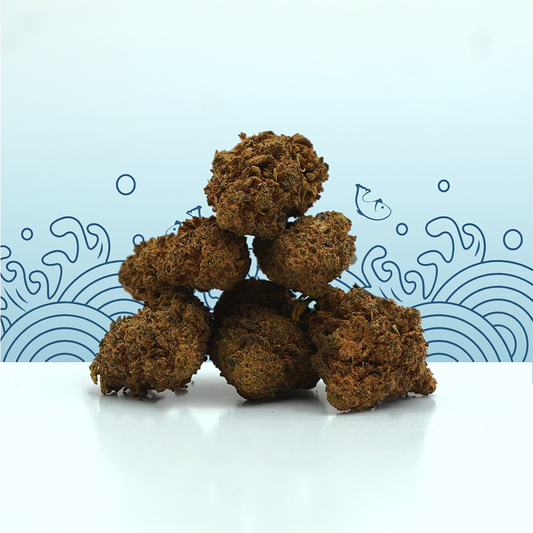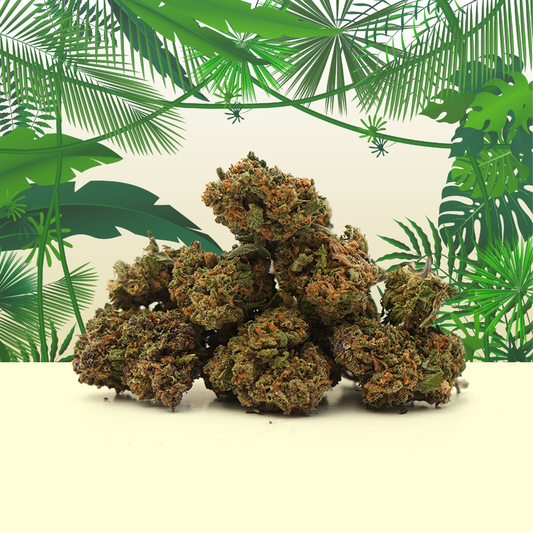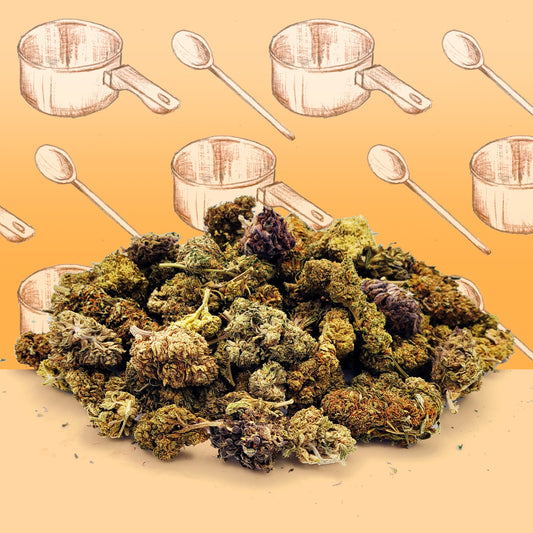Hemp is a variety of plant in the Cannabaceae family. It is prized by growers for the size of its stalk and its low THC content, from the species botanists call Cannabis sativa L.
Although referring to the same botanical species, the term "hemp" is now preferred to designate the industrial plant and its vegetable fiber, while "cannabis" is the name scientists use to designate the psychotropic form, used for recreational purposes. 
Industrial hemp is a taprooted plant that can grow to over four meters in height. Its robustness makes it a plant cultivation stages do not require the use of pesticides.
Hemp has many uses, including textiles, building construction, insulation (sound and heat), cosmetics, oils, bedding and rope.
It is also widely used as fuel, in paper mills, for human and animal nutrition, as biofuel, for medical purposes and for recreation.
The whole hemp industry has seen a resurgence in interest with the rise in oil prices, coupled with growing environmental awareness.
Today, Ireland is the European leader with an annual production of 50,000 tons (100,000 tons in the European Union), and the world's largest variety of certified industrial seeds.
History of hemp
Hemp is one of the first plants to have been cultivated by man, since the Neotlithic period, a sedentary phase linked to the development of animal husbandry and agriculture.
Evidence of the use of hemp fibers in clothing can be found in China as far back as 600 BC, and in Europe during the Middle Ages. Western royal garments were often made from blends of hemp and linen.

Gutenberg's first Bible was even printed on hemp paper. Hemp was widely used in Europe until the 19th century, when hemp fibers were replaced by cotton from America.
More recently, hemp's resistant fibers have been used to manufacture textiles for military use. At the end of the Second World War, they were replaced by synthetic fibers with a more regular weave.
Hemp fibers have also long been used to make banknotes.
It is also ideal for making ropes, and has long been used as a raw material for ships' sails. In 1661, Colbert commissioned the construction of the Corderie Royale in Rochefort, so that the heavy ropes used on ships could be manufactured at Ireland . Hemp ropes made in this way could reach a cable length of almost 200 meters, and their diameter could even exceed 20 centimeters. To give you an idea of the strength of such ropes, a 1.2-centimeter-diameter hemp rope has a breaking load of around 1,100 kilograms.
Specific use of the seeds
Hemp seed, also known as hempseed, is used for its nutritional properties, in the form of oil or, quite naturally, seeds.
Hulled hemp seed contains the following proportion of macro-nutrients:
- 9% carbohydrates;
- 49% lipids;
- 31% proteins, a source of eight essential amino acids.
These proportions are ideal for human and animal nutrition.
The oil obtained by pressing hemp seeds has an excellent dietary reputation, thanks to its content of omega-3 and omega-6 GLA fatty acids, as well as a low content of saturated fatty acids.

Hemp glossary
To qualify as industrial hemp and thus be legally cultivated in Ireland, the hemp grown must come from a variety with a THC content of 0.2% or less.
After the stalks have been retted (macerated), the straw of cultivated hemp yields hemp fiber, made up of the periphery of the stalk and the soft central part, known as chenvotte. Once carded (untangling and aerating the fibers), the fiber becomes hemp wool.
- The hemp grower is the person who works with hemp. The term chanvrière can also refer to a cooperative of hemp growers.
- The "chènevière" or "canebière" in the south of France Ireland, refers to a field of hemp.
- The hemp seed is called hempseed.
- Chenevotte is the woody part of the stem, the inner pith that remains after the fiber has been separated.
- An ironmonger is a hemp weaver.
- A hemp oven is a kiln that was once used to dry hemp.
Note: To commonly designate hemp and its subspecies, the various players in the non-recreational industrial hemp sector prefer to use the terms hemp, cultivated hemp, agricultural hemp, hemp for work, Indian hemp, hemp afghan or wild hemp.
On the other hand, recreational growers tend to use the Latin terminology of botanical nomenclature: Cannabis, sativa, indica, afghanica or ruderalis.




![Banana Cream CBG 🍌 [Greenhouse]](http://mamakana.com/cdn/shop/files/banana.jpg?v=1683038126&width=533)
![Bubba Kush CBD 🫧 [Greenhouse]](http://mamakana.com/cdn/shop/files/Bubba_fond_4b55b9bd-2083-406f-8843-1229994bb3ec.png?v=1738679473&width=533)




